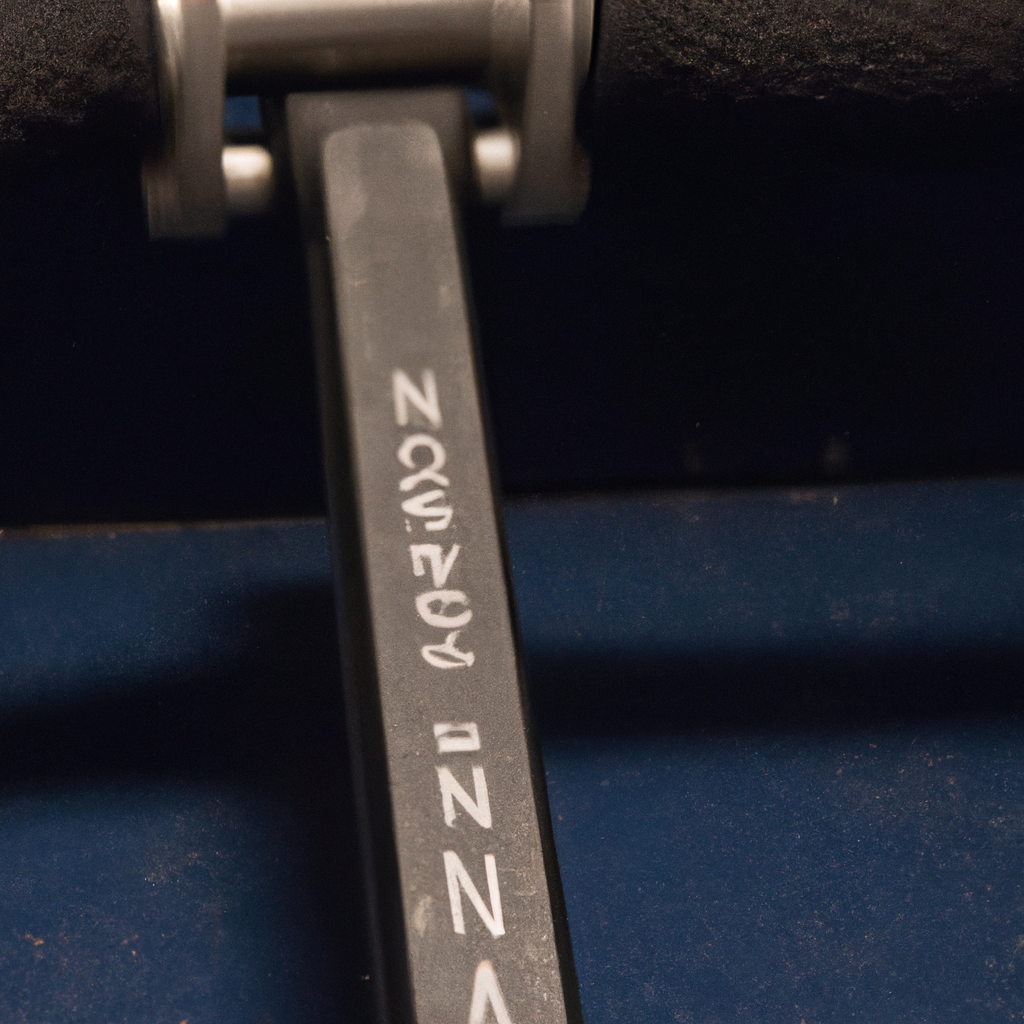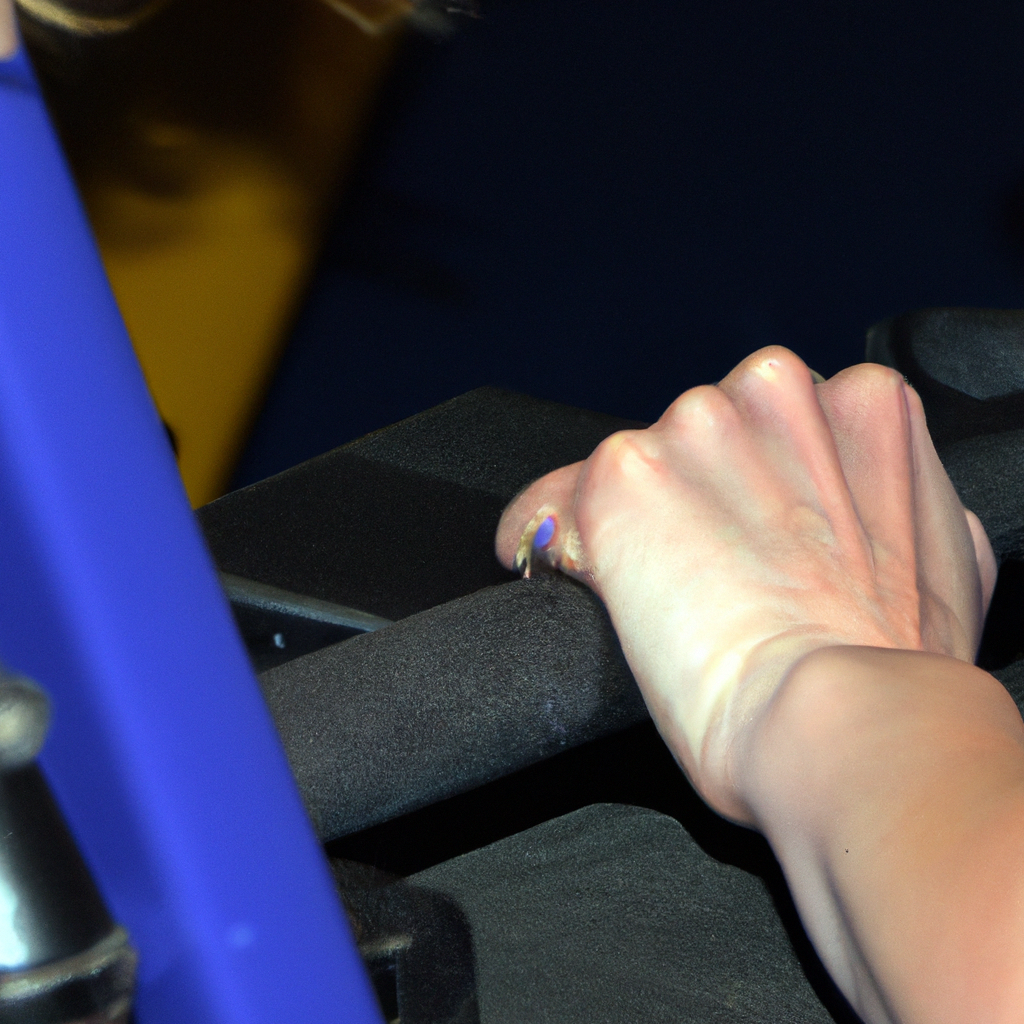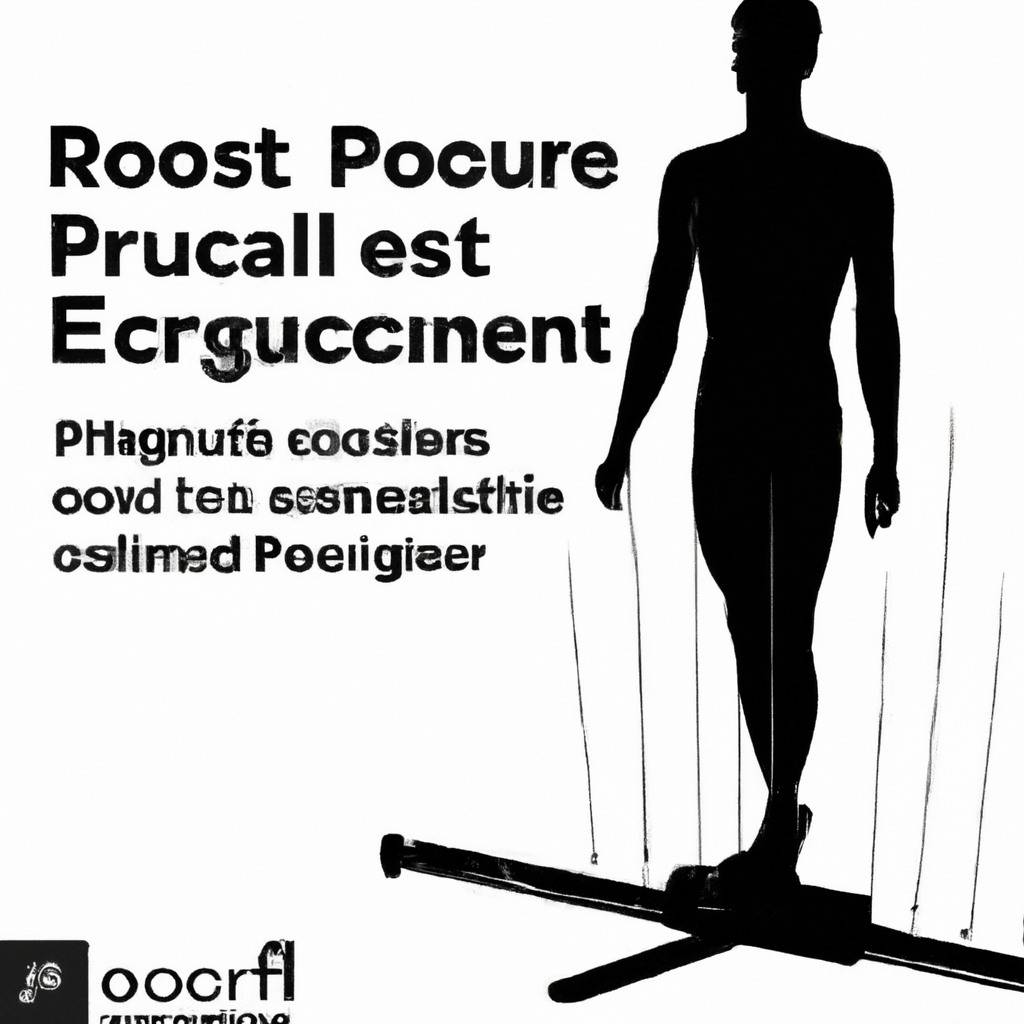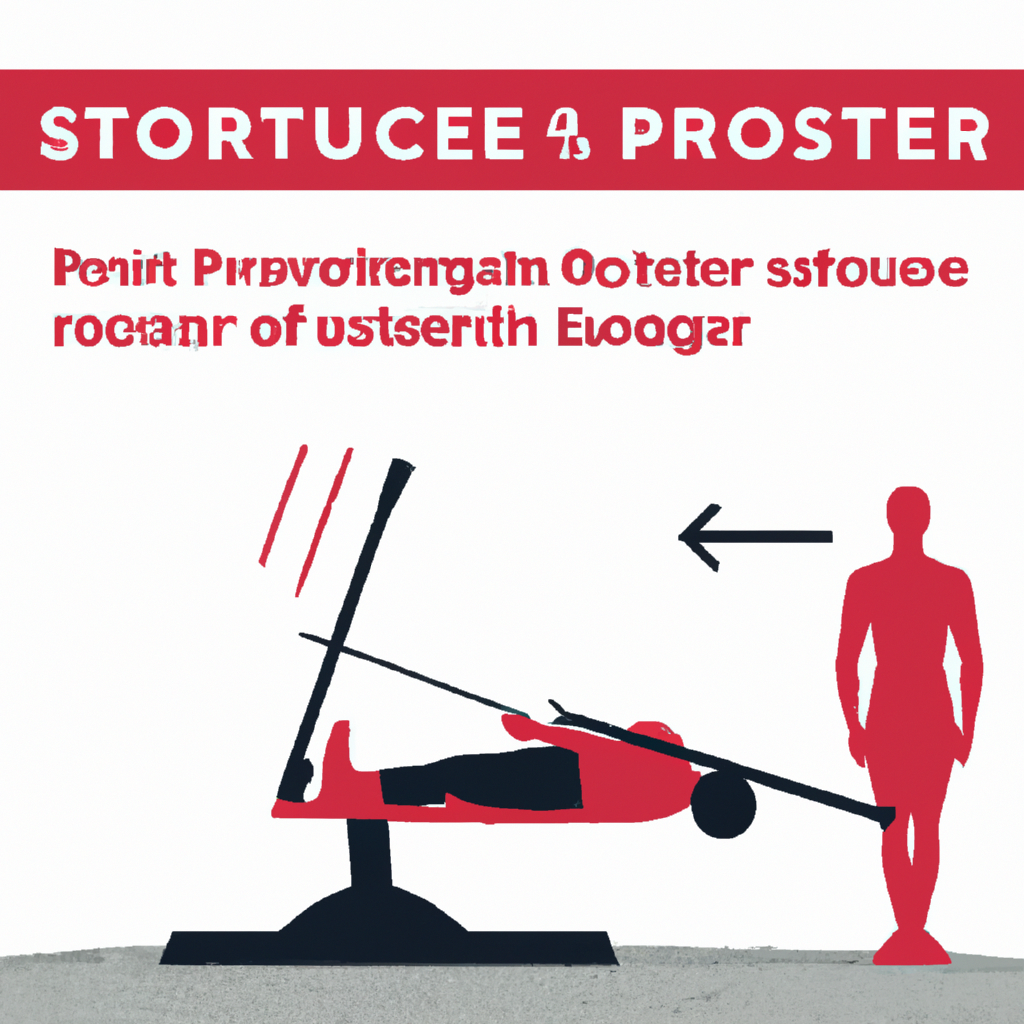Have you ever wondered about the correct posture for using a rowing machine? Well, look no further! In this article, we will provide you with all the information you need to ensure you are using a rowing machine with the correct posture. Whether you are a beginner or an experienced rower, understanding the proper form is crucial for an effective and safe workout. So, let’s dive into the world of rowing and discover the key elements of maintaining a correct posture while utilizing a rowing machine.
Importance of Correct Posture
Using a rowing machine is a fantastic way to improve your fitness and overall health. However, to fully optimize the benefits and prevent injury, it is crucial to maintain the correct posture throughout your workout. Correct posture not only reduces the risk of strain or potential injuries but also ensures that you are getting the most out of your rowing session in terms of efficiency and effectiveness.
Preventing Injury
One of the primary reasons why correct posture is essential is injury prevention. When you maintain the proper alignment of your body during rowing, you reduce the strain on your joints, muscles, and connective tissues. Improper posture can lead to unnecessary stress on these areas, increasing the risk of sprains, strains, and even long-term damage.
By focusing on your posture and maintaining proper form, you can significantly reduce the chances of experiencing discomfort or injury while using a rowing machine. So, before you sit on the rower, take a moment to understand the correct setup and body positions to protect yourself from any potential harm.
Optimizing Workout Efficiency
In addition to injury prevention, correct posture also enhances the efficiency of your rowing workout. Just like any exercise, proper form allows you to maximize the benefits of your efforts. When you maintain the correct posture, you engage the targeted muscles more effectively and perform the rowing motion with greater precision.
By optimizing your workout efficiency, you ensure that you are using the rowing machine with the intended purpose of building strength, stamina, and cardiovascular endurance. So, let’s dive into the various aspects of correct posture and learn how to set up, position your body, and execute each stroke properly.
Proper Setup
Before diving into the details of body positioning, it is crucial to ensure that you have properly set up the rowing machine to suit your body. Here are some key steps to follow:
Adjusting the Foot Straps
Begin by adjusting the foot straps to secure your feet in place. The straps should be tight enough to keep your feet secure during the rowing motion but not so tight that they restrict your movement or cause discomfort. Make sure your feet are positioned flat against the footplate with the straps across the widest part of your feet.
Securing the Seat
Next, ensure that the seat is securely locked onto the rail. A loose or unstable seat can negatively impact your rowing experience, so double-check that it is firmly in place before you begin your workout. This will provide you with a stable base and allow for a smoother, more controlled rowing motion.
Gripping the Handle
Lastly, take hold of the handle with both hands, ensuring a firm grip without excessive tension. The handle should be held at chest height and positioned just above the knees when your legs are extended. This grip serves as the connection between your body and the rowing machine, allowing you to exert force and engage your upper body effectively.

Positioning the Body
Now that you have properly set up the rowing machine, it’s time to focus on the correct positioning of your body. Proper body alignment throughout the rowing stroke is crucial for both comfort and efficiency. Let’s break down the key aspects of body positioning:
Starting Position
To begin, sit on the rowing machine with your knees slightly bent and your shins perpendicular to the floor. Maintain a straight back and avoid rounding or slouching. Your arms should be fully extended, gripping the handle with your hands slightly wider than shoulder-width apart.
Maintaining a Straight Back
Throughout the rowing stroke, it is vital to maintain a straight back. Avoid overarching or slumping forward, as these positions can strain your back and lead to discomfort and potential injury. Imagine your spine as a straight line, starting from your tailbone to the crown of your head. Engage your core muscles to support your posture and keep your back aligned.
Engaging the Core
Engaging your core muscles during rowing is crucial for stability, balance, and power. By activating your core, you create a strong foundation to support your movements and transfer force efficiently from your legs to your upper body. Focus on maintaining a slight engagement of your abdominal muscles throughout the entire rowing stroke.
Leg Drive
Leg drive is a fundamental aspect of rowing and plays a significant role in generating power. Proper leg drive ensures that you maximize your rowing potential while minimizing strain on your upper body. Follow these guidelines to optimize your leg drive:
Pushing off with the Legs
As you drive your legs during the rowing stroke, imagine pushing against the footplate with the balls of your feet, not your toes. This allows you to engage your leg muscles, particularly your quadriceps, in a powerful and efficient manner. Initiate the driving motion by pushing evenly through both legs, and be mindful of maintaining equal pressure.
Avoiding Bouncing
While it can be tempting to rely on momentum and bounce off the seat during the drive phase, this technique is detrimental to proper form and can lead to injury. Instead, focus on a smooth and controlled leg drive, avoiding any sudden or jerky movements. Maintain a connection with the seat throughout the entire stroke, promoting stability and a more efficient rowing pattern.
Maintaining Proper Foot Placement
Proper foot placement ensures stability and optimal force transfer during each rowing stroke. Pay attention to the position of your feet on the footplate, with the straps secured across the widest part of your feet. Ensure that your heels remain in contact with the footplate throughout the entire drive phase, avoiding any lifting or excessive movement.

Arm and Shoulder Position
The positioning of your arms and shoulders during rowing is crucial for maintaining fluidity, minimizing strain, and maximizing power. Focus on the following points to achieve the correct arm and shoulder position:
Maintaining Relaxed Shoulders
Maintaining relaxed shoulders is key to preventing unnecessary tension and strain. Avoid shrugging your shoulders or hunching them toward your ears. Instead, keep your shoulders down and relaxed throughout the entire rowing stroke. Imagine sliding your shoulder blades down your back, creating space between your ears and your shoulders.
Bending the Elbows
While rowing, your elbows should be slightly bent and pointing outward. Avoid locking your elbows or hyperextending them at the end of each stroke. Keeping a slight bend in your elbows helps to distribute the workload more evenly among your arms, shoulders, and back muscles. It also allows for a smoother transition between the drive and recovery phases.
Avoiding Overextension
In the forward phase of the rowing stroke, avoid overextending your arms past the point of comfort. Overextension can strain your shoulders and compromise your form. Instead, aim to reach forward with a slight bend in your elbows, ensuring that your core muscles engage and protect your lower back.
Hand Grip
An often overlooked aspect of rowing technique is the hand grip on the handle. The way you hold the handle can affect both your comfort and your efficiency. Follow these guidelines to optimize your hand grip:
Avoiding an Overly Tight Grip
While it may be tempting to grip the handle as tightly as possible, an overly tight grip can cause unnecessary tension and fatigue in your forearms and hands. Instead, aim for a firm but relaxed grip. Imagine holding a delicate bird in your hands – firm enough to prevent it from escaping, but gentle enough not to harm it.
Maintaining a Neutral Wrist Position
To minimize discomfort and strain, it is important to keep your wrists in a neutral position while gripping the handle. Avoid excessive flexion or extension of your wrists, as this can lead to discomfort or even injury over time. When gripping the handle, ensure that your wrists align with your forearms, forming a straight and stable connection.

Head and Eye Position
Proper head and eye position during rowing ensures that you maintain a neutral spine and avoid unnecessary strain on your neck. Focus on the following tips to achieve the correct head and eye position:
Looking Forward
Throughout your rowing stroke, maintain your gaze forward, avoiding the temptation to look down at your feet or the performance monitor. Looking forward helps to keep your head in a neutral position, aligning your spine and reducing strain on your neck muscles.
Avoiding Straining the Neck
While looking forward, be mindful of not straining your neck by jutting your head too far forward. Keep your head aligned with your spine, imagining a straight line from the base of your skull to your tailbone. This position promotes proper posture and reduces the risk of neck discomfort or strain.
Breathing Technique
Proper breathing technique is essential during rowing to support your efforts and maintain a steady flow of oxygen to your working muscles. Follow these guidelines to optimize your breathing technique:
Inhaling and Exhaling at the Right Time
Coordinate your breath with your rowing stroke, inhaling during the recovery phase and exhaling during the drive phase. Inhale as you extend your arms, follow the handle toward the flywheel, and prepare for the next stroke. Exhale as you drive your legs, engaging your core, and pulling the handle towards your body.
Avoiding Breath Holds
Avoid holding your breath during rowing, as this can lead to increased tension and decreased efficiency. Maintain a steady and controlled breath throughout each stroke, allowing for a continuous flow of oxygen to your muscles. Oxygenating your body properly will help you maintain energy levels, boost endurance, and improve overall performance.

Monitoring Stroke Rate and Intensity
Monitoring your stroke rate and intensity is key to optimizing your rowing experience and achieving your fitness goals. Consider the following tips:
Finding the Optimal Stroke Rate
The optimal stroke rate depends on your goals and capabilities. Aim for a stroke rate that allows you to maintain proper technique and exertion without sacrificing form. For most individuals, a stroke rate between 24 to 30 strokes per minute is a good starting point. Adjust the stroke rate according to your fitness level, desired workout intensity, and duration.
Determining Appropriate Resistance
The resistance level on a rowing machine can be adjusted to your preferred intensity. Start with a moderate setting and progressively increase or decrease the resistance as needed. Finding the appropriate resistance level ensures that you are challenging yourself without compromising your technique or risking injury.
Conclusion
Maintaining the correct posture while using a rowing machine is crucial for preventing injury and optimizing your workout efficiency. By following the proper setup guidelines, positioning your body correctly, engaging the right muscles, and focusing on each aspect of rowing technique, you can maximize the benefits of your efforts and enjoy a safe and effective rowing workout. Remember to always listen to your body, take breaks when needed, and gradually increase the intensity of your rowing sessions over time. With consistent practice, you’ll be well on your way to achieving your fitness goals and reaping the many benefits of rowing.
